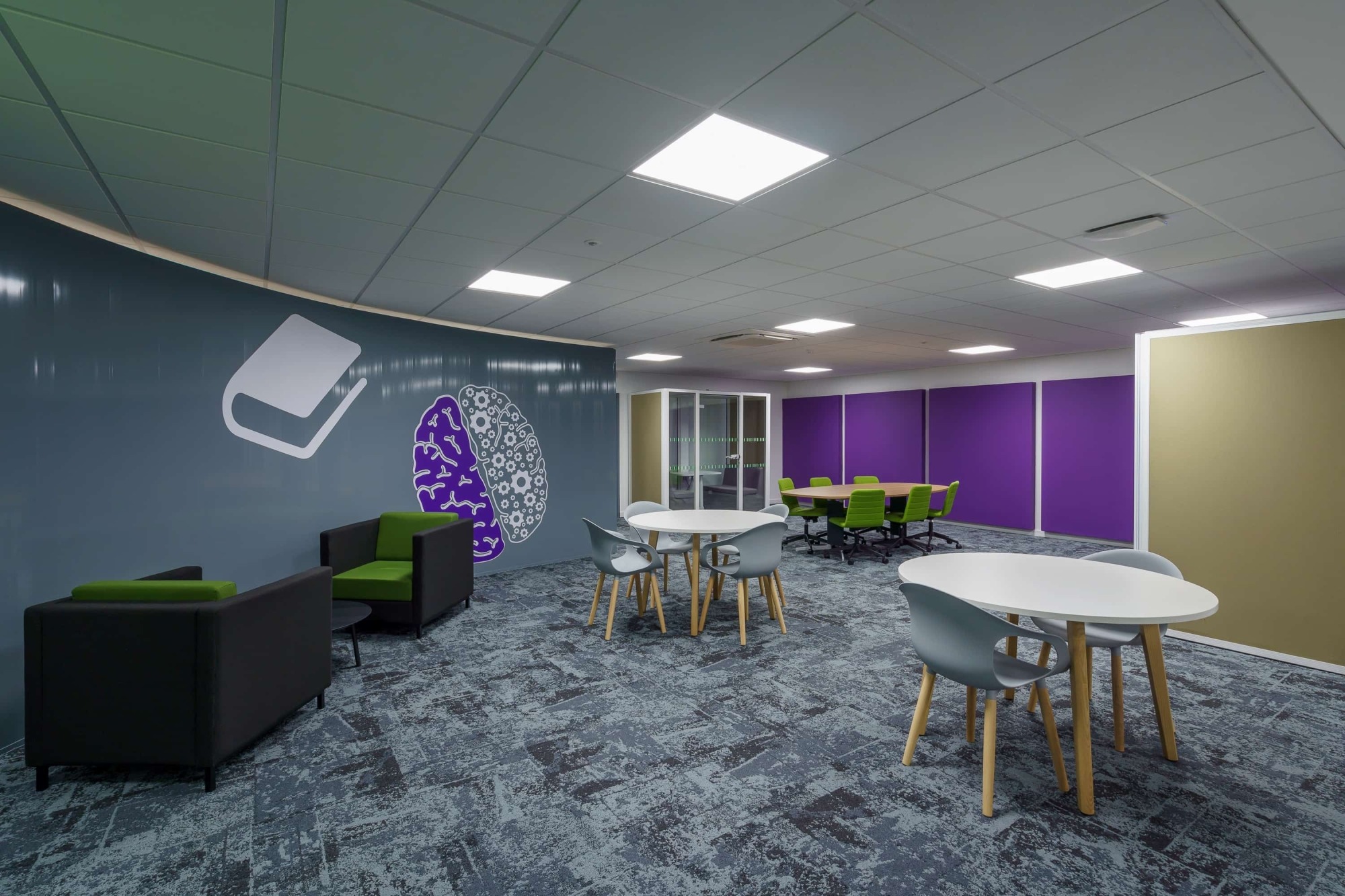Technology Enhanced Active Learning at University of Sunderland
Project:
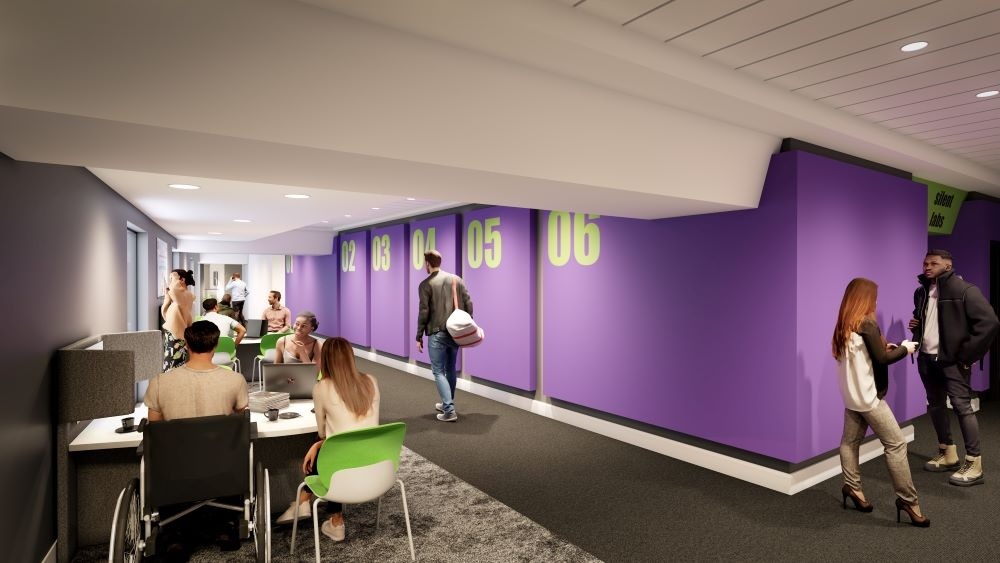
The Project
The University of Sunderland 's £8 million Murray Health building refurb has completely transformed it into a modern educational hub for the School of Medicine and School of Psychology. The new building provides innovative and state-of-the-art facilities to the School of Medicine. The centre piece being TEAL - a 120-person Technology Enhanced Active Learning Space. Working alongside the University, the objective was to create a cutting-edge, interactive learning environment using advanced audio visual technology.
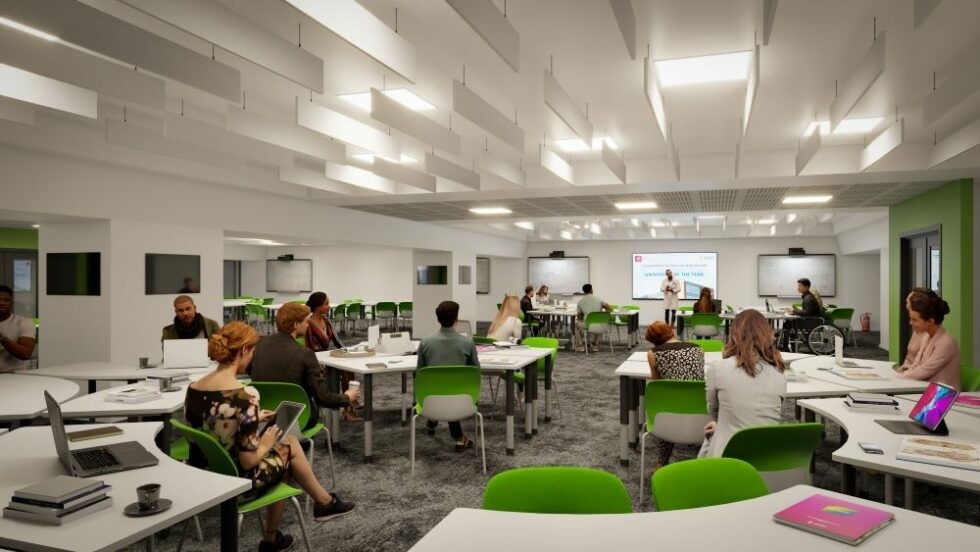
Key Features
- Crestron CP3 and TSW-1070 touchscreens for seamless control
- RGB Link RGB20X-NDI-WH-POE cameras for high-definition video capture and streaming
- Kramer VP-440x for high-quality video switching and scaling
- Wyrestorm NHD-500-E series for robust AV distribution
- Epson EB-L520U projectors for clear, bright visuals
- LG UL3G repeater displays (86 and 55 inch)
- Kramer AFM-200DSP for superior audio management
- Top-Tec Aries lectern providing focal point and housing AV equipment
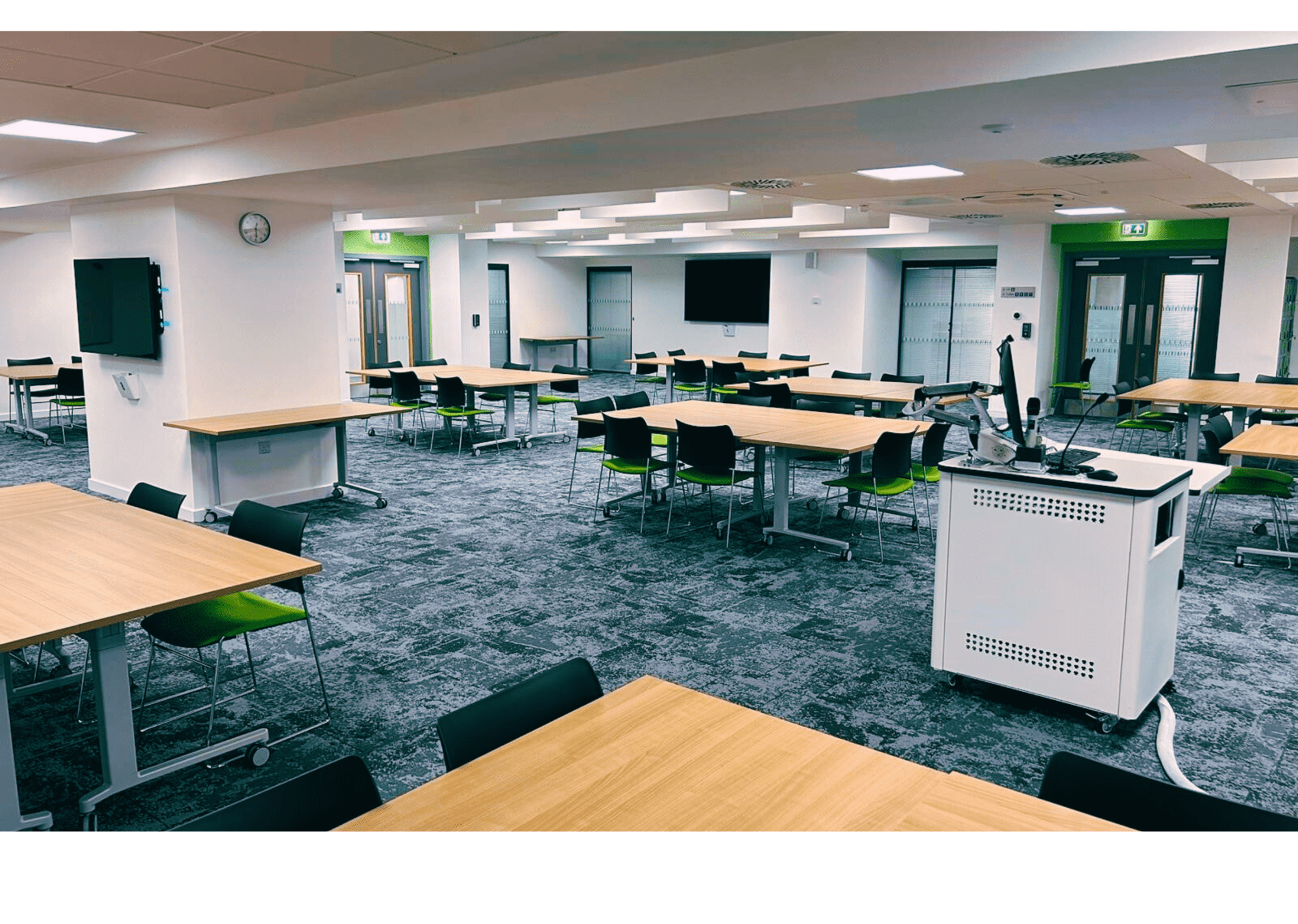
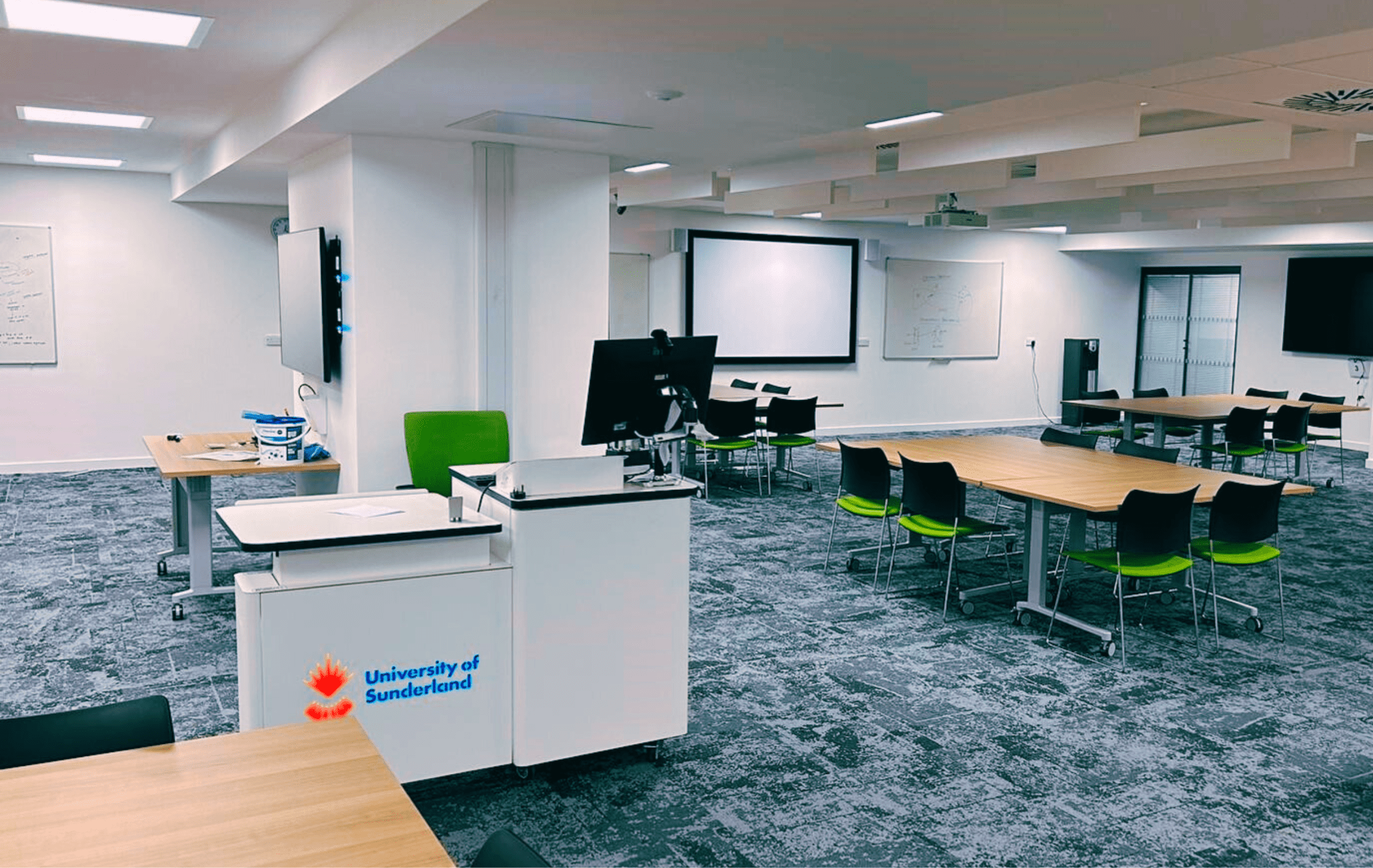
The Solution
The AV system is anchored by Crestron's CP3 3-Series control processor and TSW-1070 touchscreens, offering centralised control that enables users to effortlessly manage and operate all components. Audio processing is expertly handled by the Kramer AFM-200DSP, ensuring high-quality sound reproduction crucial for lectures and presentations, supported by Sennheiser Speechline lavalier and handheld mic sets for clear voice enhancement. Video management features the Kramer VP-440x 4K presentation switcher/scaler for optimised video handling, complemented by WyreStorm's NetworkHD series for reliable networked AV distribution via NHD-500-E-TX and NHD-500-E-RX encoders and decoders. The NetworkHD 500s series offers a full HDMI 2.0 AV over IP solution. The 500 series is capable of encoding up to 4K60 4:4:4 8bit and support for high framerate Dolby Vision, HDR10 and HLG content. Advanced processing features include incredibly fast matrix switching, and ultra-low latency distribution.
Visuals are showcased across eight displays—four LG 86UL3G and four LG 55UL3G Ultra HD displays—delivering bright, detailed content.
The AV setup is housed within a Top-Tec Aries lectern serving as the focal point for lessons. This lectern integrates and houses the equipment, providing convenient access and control during presentations. Additionally, two Logitech Scribe whiteboard capture cameras are deployed to capture and stream whiteboard content in real-time, enhancing interactive learning experiences. RGB Link's RGB20X-NDI-WH-POE cameras facilitate high-definition video capture and streaming, supporting interactive learning experiences, remote learning sessions, and live demonstrations. Together, these components create a comprehensive AV solution that meets the diverse needs of the educational environments, combining advanced functionality with user-friendly operation.
The Result
The AV system transformed the Murray Health building into a dynamic educational environment. It supports various teaching methods, including traditional lectures, group work, and simulation-based learning. The flexible setup enhances student engagement and collaboration. Professor Scott Wilkes praised the TEAL (Technology Enhanced Active Learning) space for its innovative design. He highlighted its flexibility and the interactive learning opportunities it provides. The AV system met the diverse learning needs of students and proved to be a transformational addition to the School of Medicine. The University expressed gratitude to Roche for their support throughout the project, from design to full implementation.
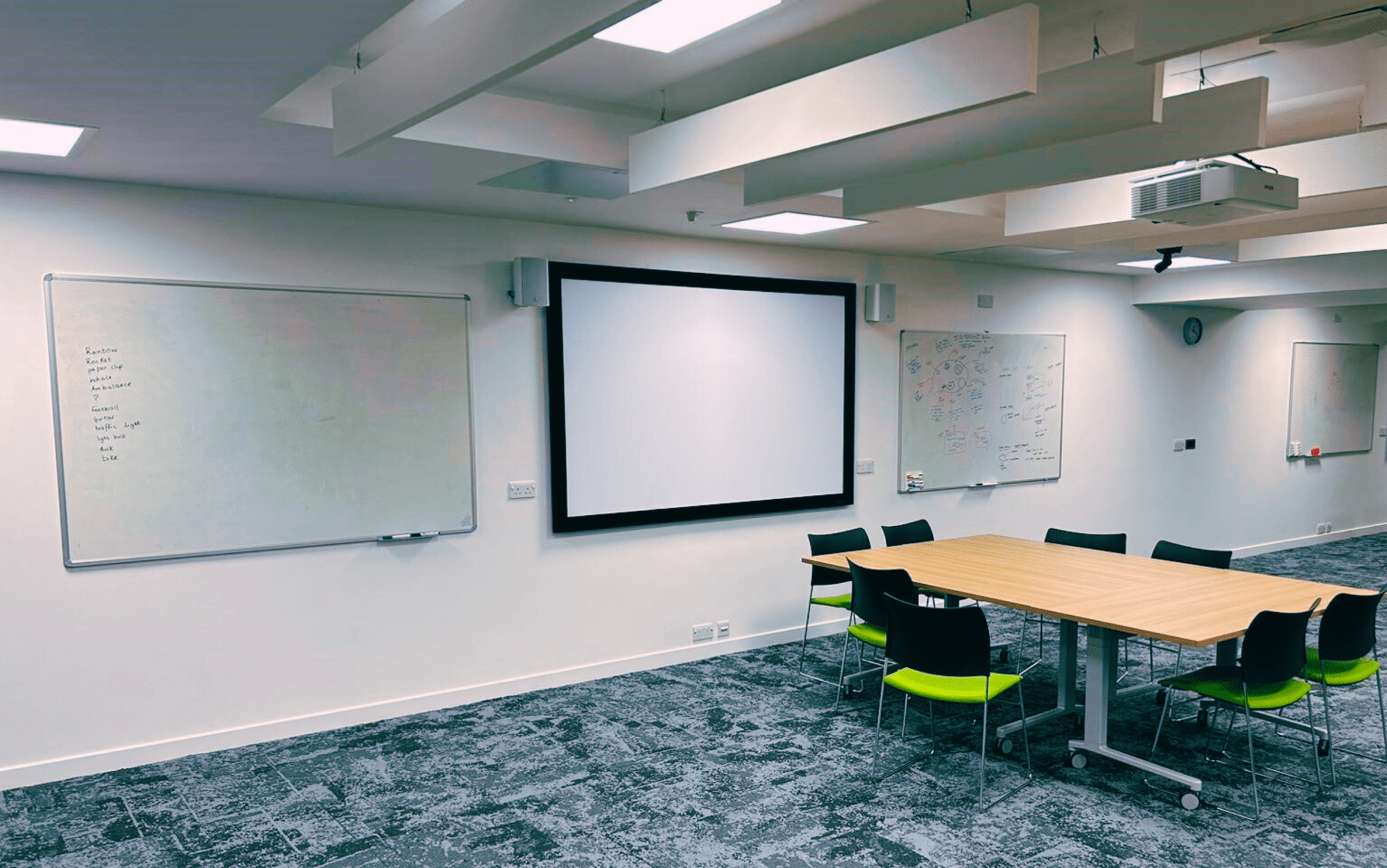
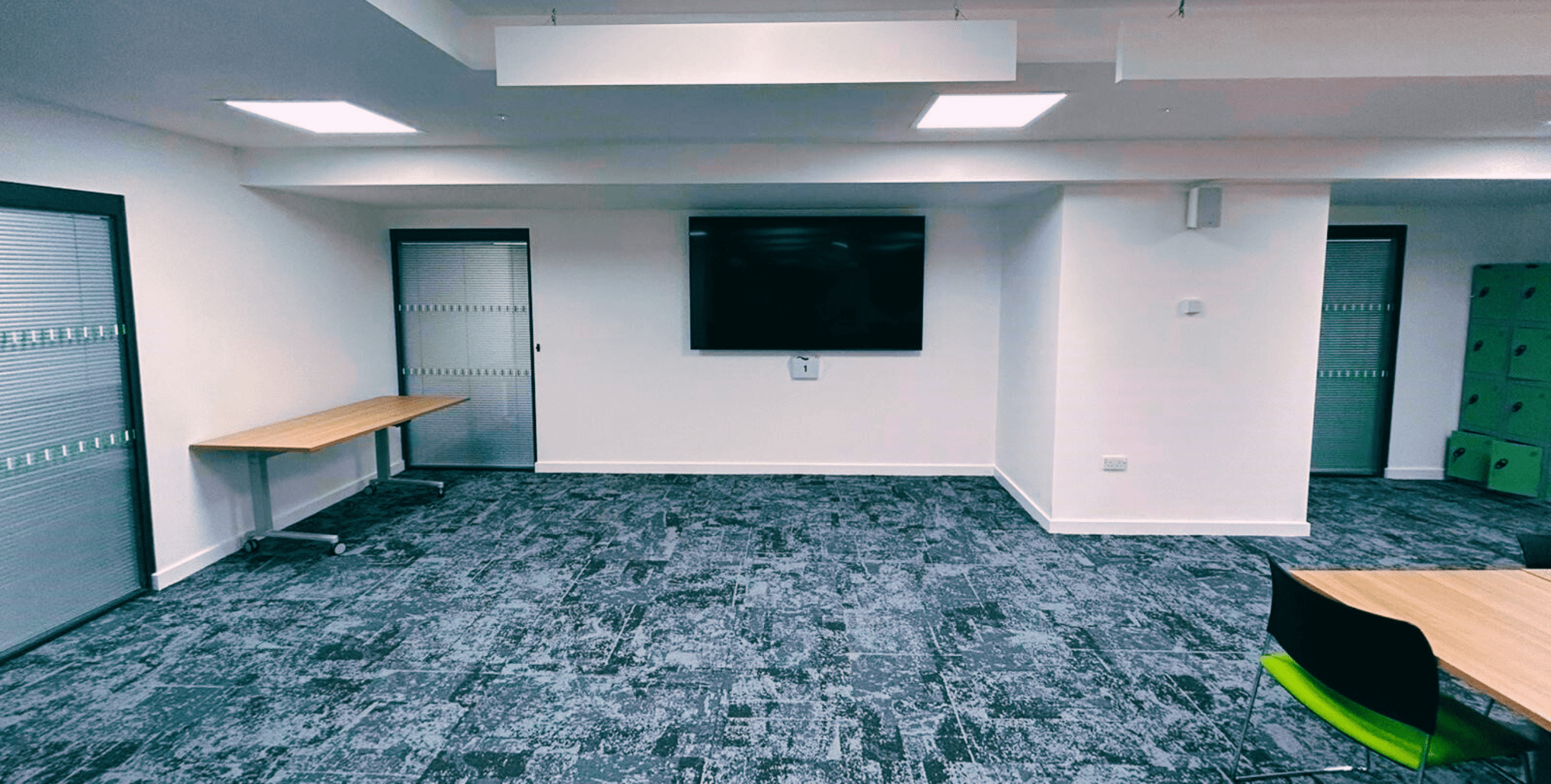
Partners
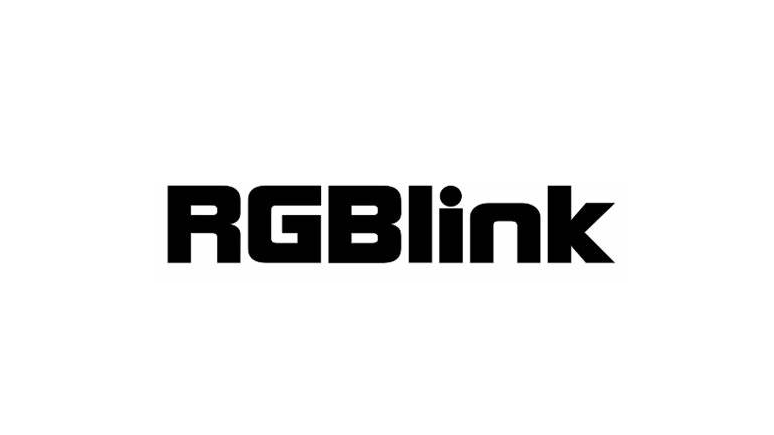
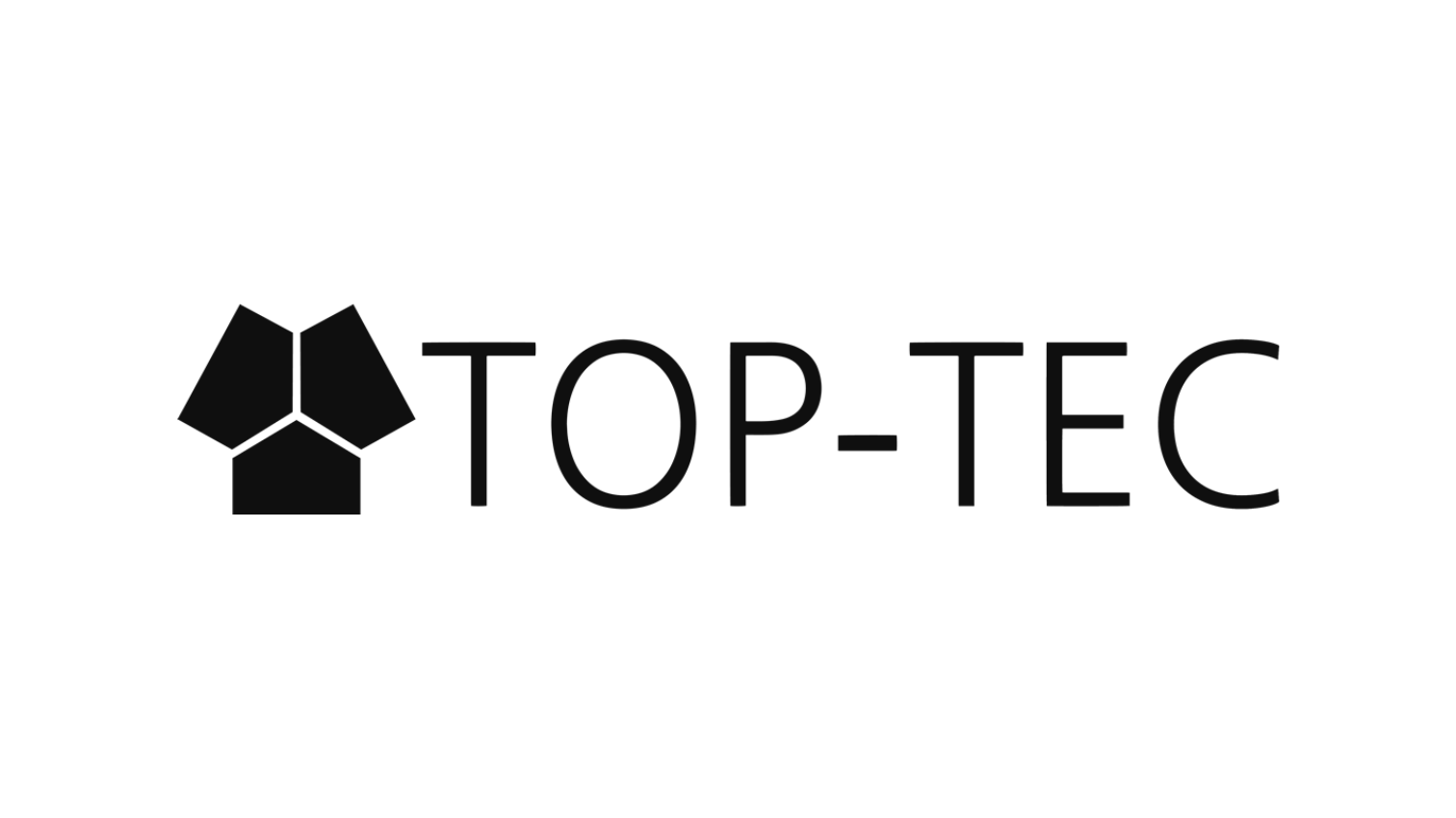
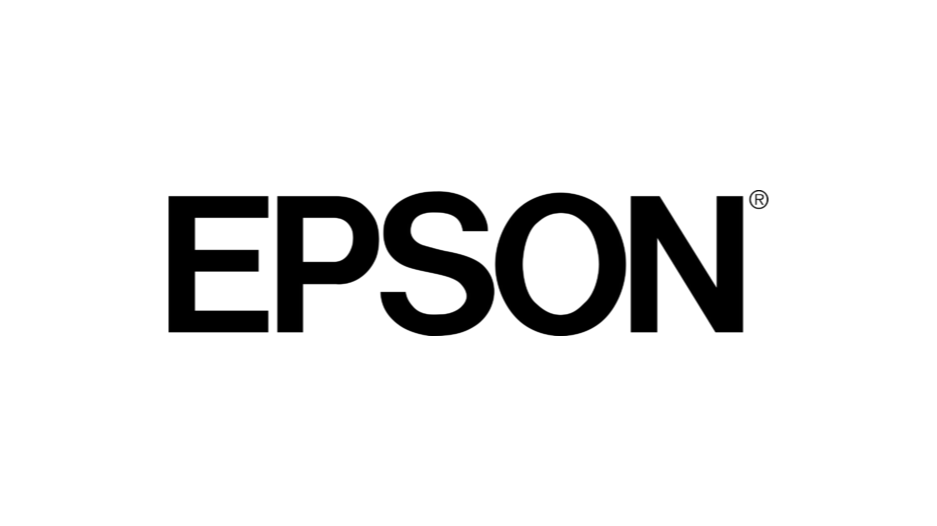

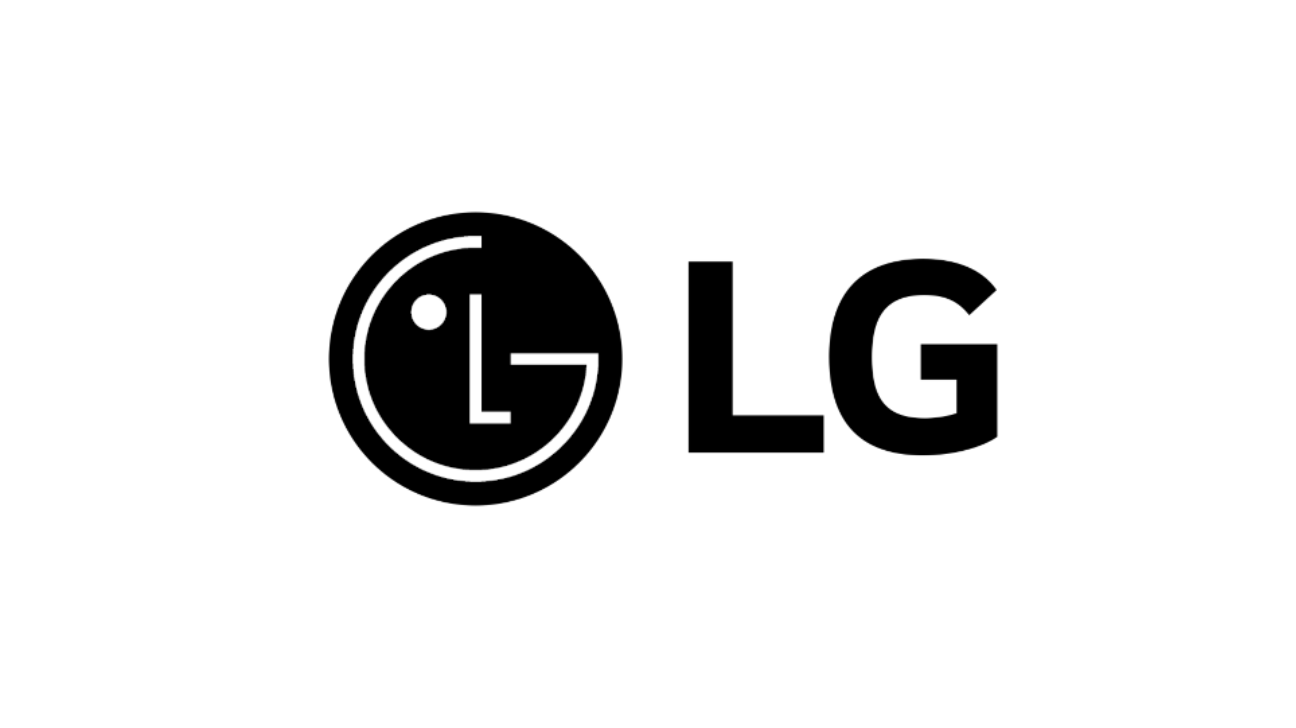
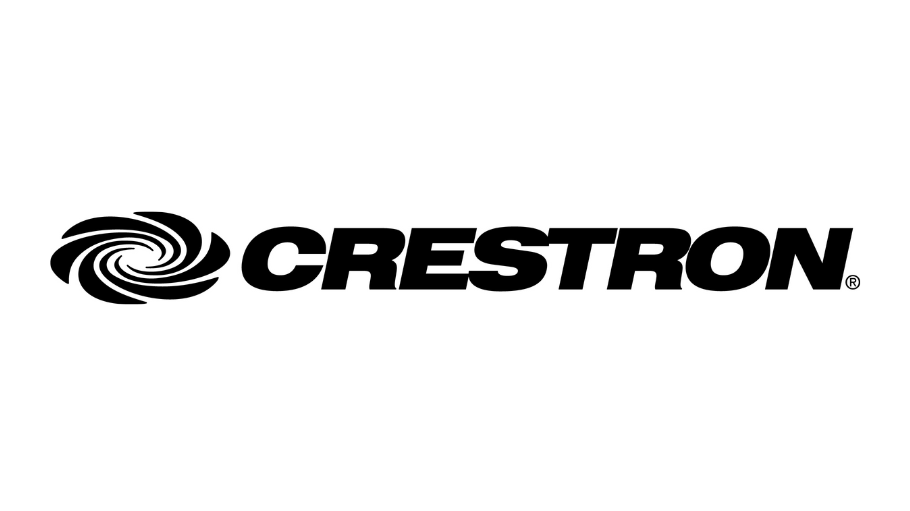
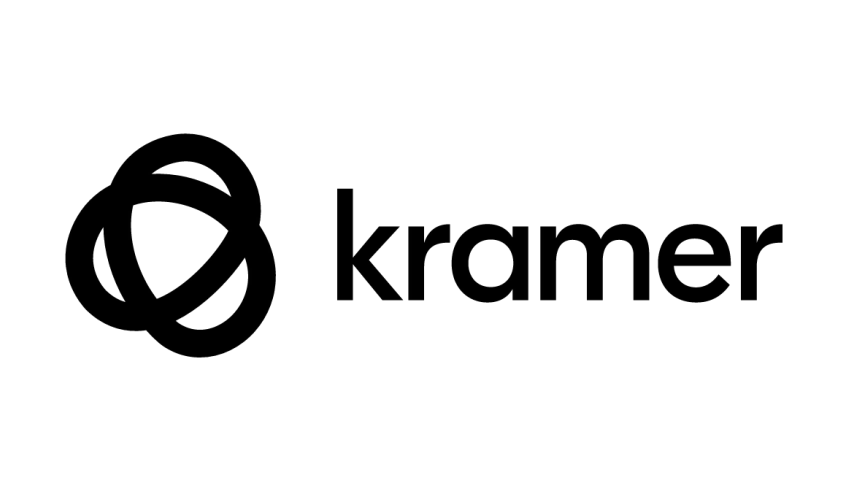

Feedback
"The TEAL space is an innovative educational space. It turns the classic lecture format of large group teaching into a dynamic and interactive experience. The lecturer is at the centre of the flat space with learners in grouped desks or pods within the space. With large AV screens scattered throughout the space, it can be used to deliver a traditional lecture-based format or something more interactive. Group working enables students to interrogate the materials being presented. Similarly, groups can present topics or give feedback. All learners use wifi connected devices to get the most out of the learning opportunity. More recently Simulation based learning has been delivered with a 4G mannequin at the centre of the space and the groups of learners interacting at various points in the scenarios. The space is truly flexible, enabling different pedagogies and it meets the different learning needs of our students. The space has been truly transformational. We are very grateful to Roche who were with us on the journey from design to delivery and now full implementation. Any future builds/projects will incorporate such a design. This is just the beginning of modern classroom based medical education. For medicine, it meets the required knowledge, skills and behaviours that we develop when creating our doctors to be." - Professor Scott Wilkes PhD FRCGP SFHEA, Head of School of Medicine and Professor of General Practice and Primary Care, School of Medicine, Faculty of Health Sciences and Wellbeing, University of Sunderland
“I am delighted that the refurbishment of Murray Health is now complete. In state-of-the-art facilities, we can build on the work we do already in preparing the health professionals of tomorrow.” - Sir David Bell, Vice Chancellor and Chief Executive, University of Sunderland
